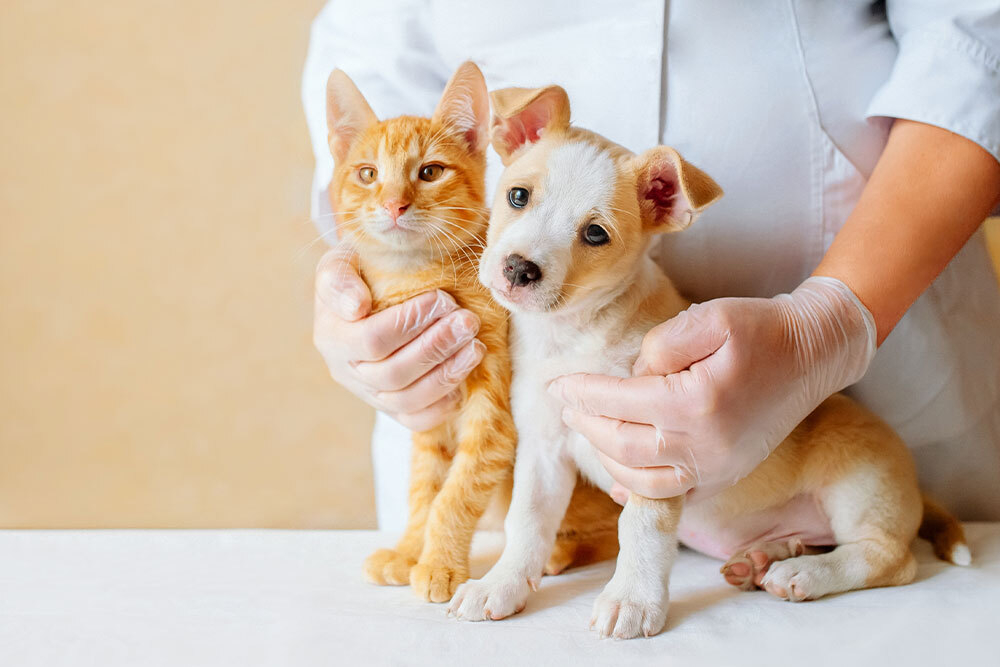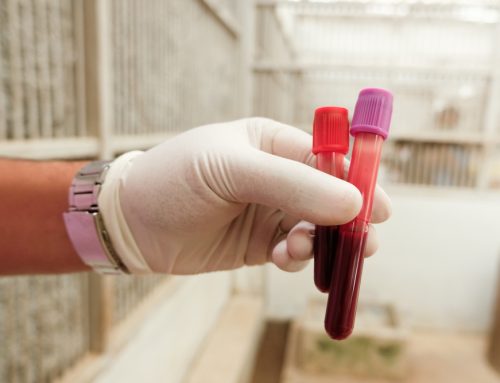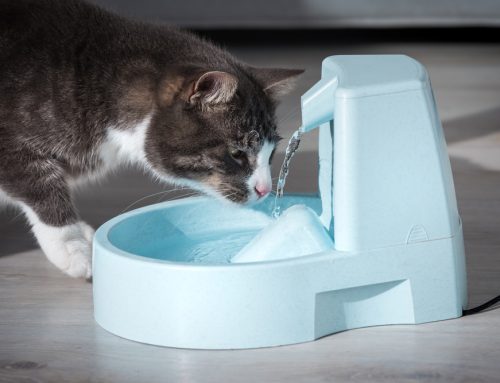Understanding the Shift in Spaying and Neutering Guidelines
The Importance of Spaying and Neutering
Spaying and neutering are surgical procedures used to sterilize pets, preventing reproduction. In Fort Worth, Texas, these practices are vital for managing pet populations, enhancing pet health, and reducing disease risks. By opting to spay or neuter your pet, you support community welfare, reducing homelessness and improving overall pet health.
Beyond population control, spaying and neutering can enhance a pet’s quality of life. Spaying female pets reduces the risk of uterine infections and breast tumors, which are malignant in about 50% of dogs and 90% of cats. Neutering male pets prevents testicular cancer and diminishes the risk of prostate issues. These procedures also curb unwanted behaviors like marking, roaming, and aggression, fostering a more harmonious pet-owner relationship.
Evolving Recommendations for Spaying and Neutering
Previously, the standard advice was to spay or neuter pets at around six months of age. However, recent veterinary insights suggest that optimal timing should consider factors such as breed, size, and health risks. For instance, larger breeds might benefit from later surgery to ensure proper growth, while smaller breeds might not need to wait as long. These changes are informed by research aimed at maximizing health benefits for each pet.
Veterinarians often recommend a tailored approach, assessing each pet’s circumstances, including lifestyle, home environment, and breed-related risks. Large breeds like Golden Retrievers or Great Danes may face orthopedic issues if neutered too early due to hormonal influences on bone and joint development. Conversely, early spaying of female cats can prevent heat cycles, reducing stress for both pet and owner.
Debunking Myths and Misconceptions
Health Risks: Some believe spaying or neutering can cause significant health issues later in life. However, research shows that the benefits outweigh potential risks, which are minimal. These procedures can extend lifespans by reducing hormone-related cancers and infections.
Behavioral Changes: Concerns that pets might lose their personality post-surgery are unfounded. Pets retain their character and may become more affectionate and less aggressive. Behavioral improvements include a reduction in tendencies like spraying, mounting, or escaping in search of a mate.
Medical Benefits of Timely Spaying and Neutering
Spaying and neutering reduce risks of certain cancers and health issues. These procedures can improve behavior and decrease the number of animals in shelters due to unplanned litters.
Medically, spaying and neutering are preventive healthcare strategies. They minimize risks of diseases like pyometra—a potentially fatal uterine infection in female pets—and reduce the likelihood of sexually transmitted infections. Additionally, spayed or neutered pets tend to have lower incidences of endocrine disorders and certain tumors, contributing to a healthier, more active life.
Navigating Different Opinions
Veterinarians may offer varying advice based on a pet’s specific needs. Small breed dogs may face different health risks than large breed dogs, influencing surgery timing. In Fort Worth, our veterinarians use a case-by-case approach to recommend the most suitable time for surgery, considering each pet’s unique circumstances.
The evolving guidelines reflect a need for personalized veterinary care. As research advances, understanding of how different breeds and individual pets respond to surgeries like spaying and neutering has improved, encouraging veterinarians to provide advice based on comprehensive assessments rather than one-size-fits-all recommendations.
Choosing the Right Age
Deciding the best age to spay or neuter can be challenging. At Animal Hospital Southwest, our recommendations are:
- Small to medium dogs: Typically between 6 to 9 months.
- Large dogs: May benefit from waiting until around 12 to 15 months.
- Cats: Generally by 5 to 6 months.
Preparing for Surgery
Before surgery, ensure your pet fasts as instructed by the vet. Post-surgery, keep them calm and confined to prevent stitches from tearing. For a more comprehensive guide on preparation, contact us.
Preparation Tips:
- Pre-Surgery: Follow fasting guidelines to reduce anesthesia risks. Ensure vaccinations are up-to-date to prevent infections.
- Post-Surgery: Create a quiet, comfortable recovery space. Monitor the surgical site for infection signs like redness or swelling and limit physical activity.

Financial Considerations
The cost of spaying or neutering varies, but long-term savings on potential medical costs for untreated ailments are significant. Investing in pet insurance can help manage expenses effectively. For more information on pet insurance, check out our Pet Insurance Information.
Affording spaying and neutering upfront can prevent costly treatments for illnesses that might develop in unaltered pets. Many communities offer low-cost spay/neuter programs to ensure these services are accessible, mitigating financial constraints.
FAQs: Your Questions Answered
- When is the best time to spay/neuter my pet? Timing depends on breed, size, and health.
- Is the procedure safe? Yes, it is common and safe with a high success rate, especially with advancements in veterinary techniques.
- How does spaying/neutering affect behavior? These procedures often lead to calmer behavior and can reduce or eliminate undesirable actions.
Our goal is to ensure you feel fully informed and confident in your choices regarding your pet’s healthcare. We’re here to support you every step of the way, providing not only surgical expertise but also comprehensive advice on maintaining your pet’s health post-surgery. By staying informed and proactive, you can help your pet lead a long, healthy, and happy life.







Leave A Comment